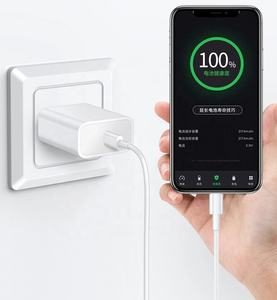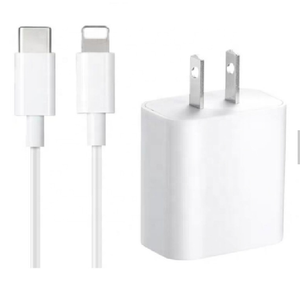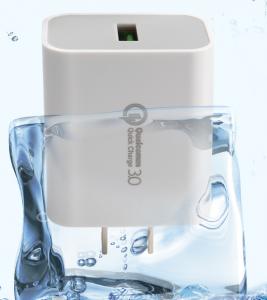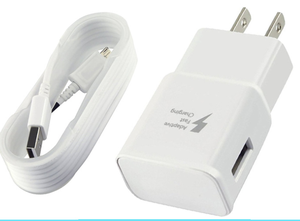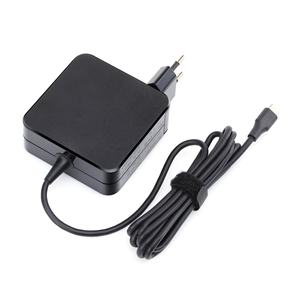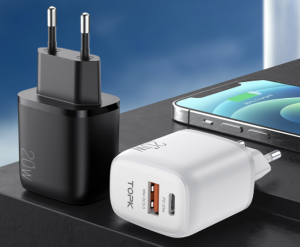Classification of mobile phone chargers
Mobile phone chargers can be roughly divided into travel chargers, dock chargers, USB chargers and maintenance chargers. The latest one is the mobile phone case charger.
Mobile phone case charger:
The overall appearance of the mobile phone case charger is the same as that of the ordinary mobile phone case, and the mobile phone case is slightly thicker than the ordinary mobile phone case. It has a battery capacity of 2300mAh, which can provide a complete one-time charge. Generally, lithium batteries or dry batteries are used as power storage units.
Other chargers:
Generally, users are mainly exposed to the first two. Travel chargers are the most sold on the market, and travel chargers come in various forms. Common ones include duck-egg-shaped miniature travel chargers, ordinary desktop card board chargers, and high-end desktop chargers with LCD displays. Since most mobile phone users are non-professional users, the chargers basically have the function of full automatic stop, and most travel chargers are fast chargers, and the charging time is about 1-3 hours.



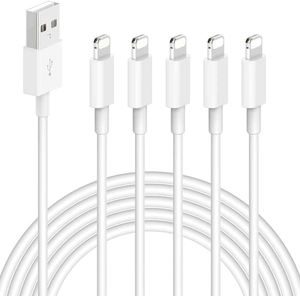





What are the different types of mobile phone charger interfaces?
There are currently three mainstream mobile phone charger interfaces: the Micro USB interface of the Android and Windows phone system mobile phone camps, the USB Type C interface, and the Lightning interface of the IOS system mobile phone.
Micro USB interface:
This interface is a portable version of the USB 2.0 standard. It is designed for fool-proof and blind plug-in structure. It can only be inserted on one side. It supports OTG function and is compatible with USB 1.1 and USB 2.0.
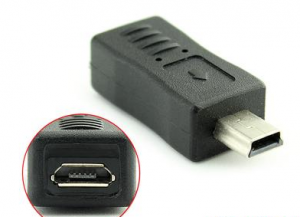
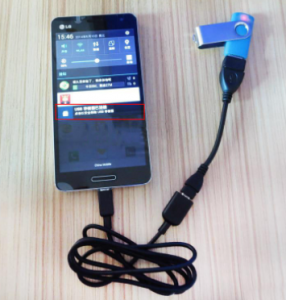
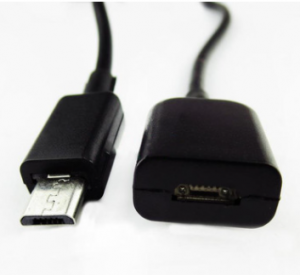
USB Type C interface:
This interface is a connection interface of the USB 3.1 standard, which has the characteristics of both positive and negative insertion and fast transmission speed. Although this interface is designed based on the USB 3.1 standard, not all devices using this interface connection method support the USB 3.1 standard.
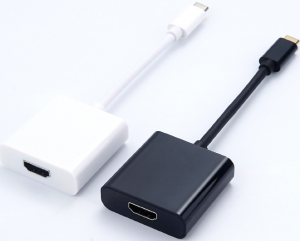
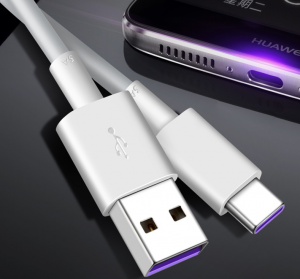
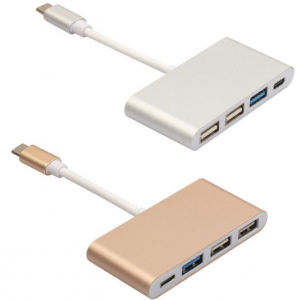
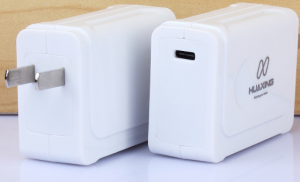
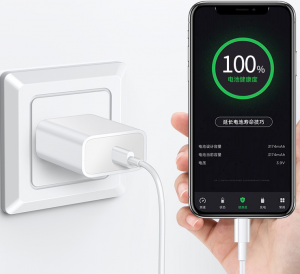
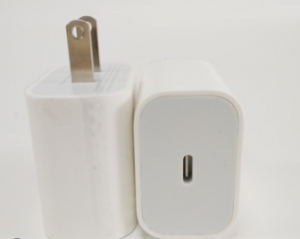
Lightning interface:
This interface is a high-speed multifunctional I/O interface designed by Apple. Starting from the iPhone 5, the new iPhone and iPad have been equipped with this data interface. There are 8 contacts on both sides of the Lightning interface, and it also has the characteristics of being able to plug in both sides, and can transmit specific signals required by accessories according to different accessories.
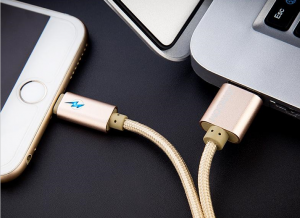
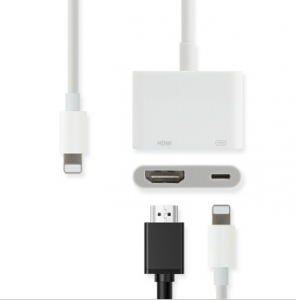
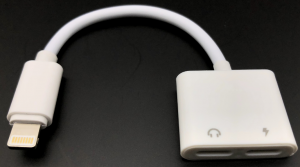
How to maintain the mobile phone charger?
1. Discharge static electricity when cleaning. Clean the charger and charging port regularly. When cleaning, use a damp cloth or an antistatic cloth. Do not use dry cloth (static charge)!
2. Waterproof and moisture-proof. As an electronic product, accidental ingress of water or exposure to humid air when it is not used for a long time will cause different degrees of corrosion or oxidation to its internal electronic components.
3. Anti-fall and anti-vibration. The mobile phone charger is actually a fragile component, and the internal components cannot withstand beatings. Especially to prevent accidental landing during use. Do not throw, knock or shake the charger. Rough handling of the charger will destroy the internal circuit board.
4. Anti-cold and anti-heat. Do not place the charger in a place where the temperature is too high. High temperature will shorten the life of electronic devices, destroy the charger, and deform or melt some plastic parts. Do not store the charger in a cold place. When the charger is working in a very cold environment, when the internal temperature rises, moisture will form in the charger and damage the circuit board.
5. Anti-potent chemicals. Do not use harsh chemicals, cleaning agents or strong detergents to clean the charger. To remove the external stains on the charger, use cotton dipped in a small amount of absolute alcohol to scrub.
